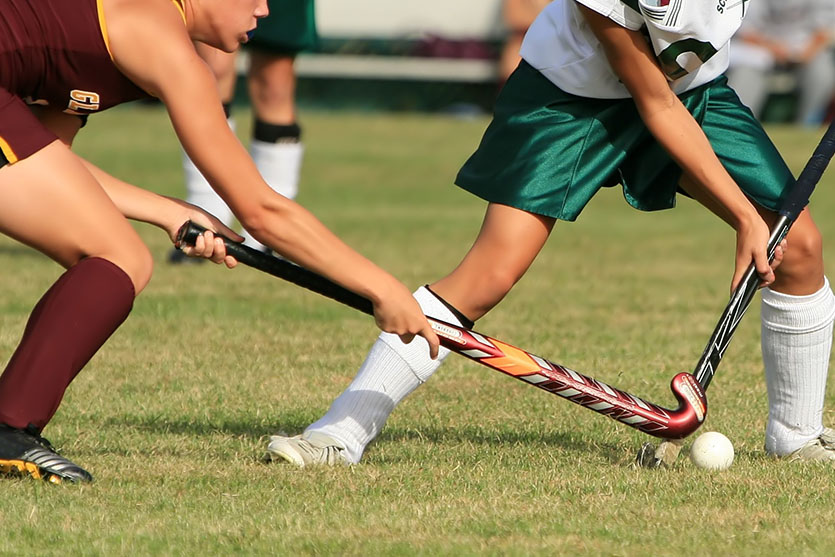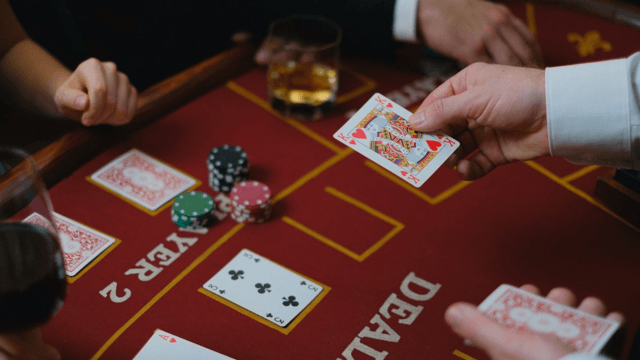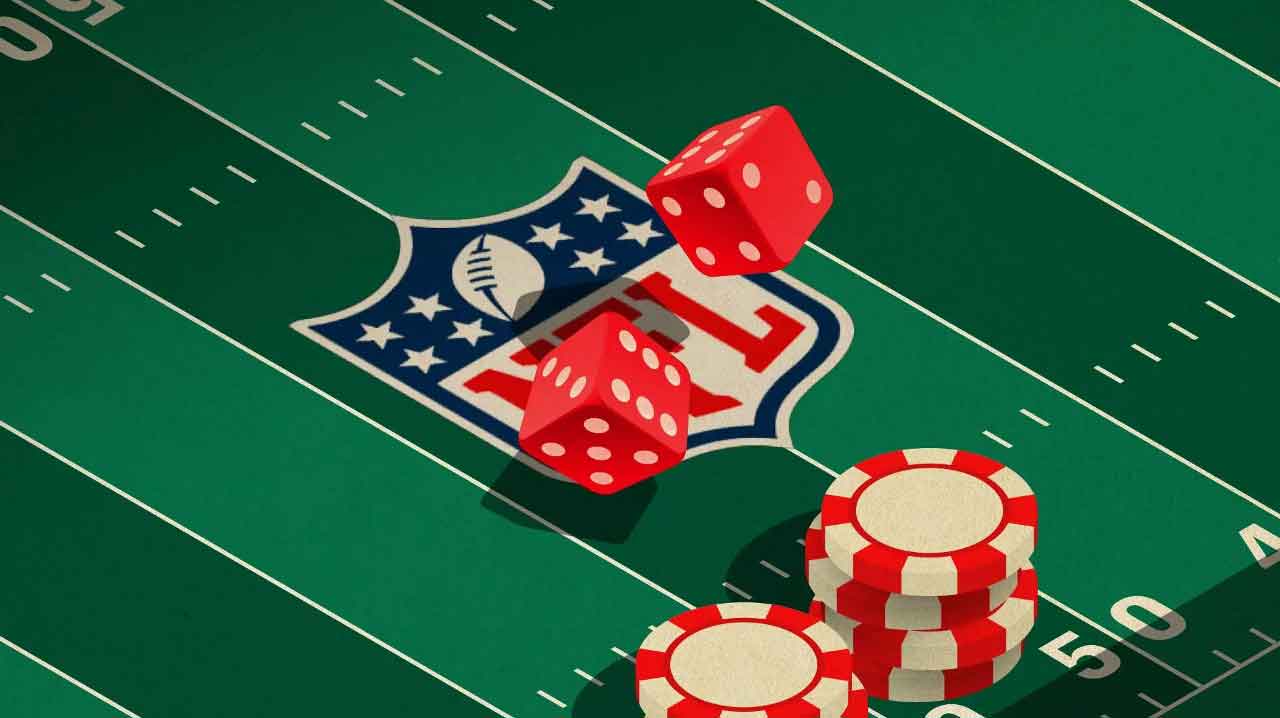How to Choose the Perfect Field Hockey Stick

Accuracy, quickness, and knowledge of the tools are essential in field hockey’s exciting and fast-paced sport. The hockey stick is among the most important tools for field hockey players. Your field hockey performance is greatly affected by the field hockey stick you use.
Regardless of your playing style, position, or degree of expertise, this guide will help you choose the best field hockey sticks for your needs.
Length
Your standing and positioning are affected by the stick’s length. A shorter stick may appeal more to an attacking player than a longer one, depending on their position on the field. One important tip is that if the stick comes up to the top of your hip bone, you have chosen the ideal hockey stick.
Weight
The weight of a field hockey stick can vary between 535 and 680 grams. This factor is mostly a matter of taste. To illustrate:
- Attacking players often choose lighter sticks because they enable a quicker backswing and stick skills.
- Defensive players often opt for heavier-weight sticks because they provide more power and distance when hitting the ball, making them better for clearing balls and passing.
Skill Level
Using one of four distinct stick varieties is common when practicing field hockey. The relative importance of composites and fiberglass changes as you progress through the sport. When deciding which stick to purchase, consider your current level of expertise. Advanced players are often looking for a stick with a high carbon content.
- Beginner: Kids as young as ten might benefit greatly from using beginner sticks for their initial forays into the sport. Remember, wood sticks will work best for starters.
- Intermediate: As you progress in the sport and gain better ball control, you should upgrade to a stick with more power. Kids aged 10–13 with at least a year of experience should use this stick.
- Expert: These sticks are perfect if you are 13 or older and have a few years of practice. In particular, they aid players in honing their control and power over the ball.
- Elite: Anyone with three years of practice or more should be able to use an elite stick; the recommended age is fifteen. These sticks are designed for power and have a higher carbon content.
Composition
Sticks typically consist of one of three materials: wood, carbon, or a combination.
- Carbon: Your stick will be more powerful and rigid after adding carbon. An increase in the force exerted by your stick is directly proportional to its carbon content.
- Fiberglass: A stick made of fiberglass is more sturdy and long-lasting. While most fiberglass applications involve carbon reinforcing, sticks are made entirely of fiberglass.
- Wood: For a more forgiving stick, novices often choose wood because it is the least stiff material.
- Aramid: Made the stick last longer and less sensitive to vibrations caused by hitting and receiving balls.
Bow
A stick’s bow is the visible curve that extends from its handle to its toe. The maximum commonly falls within the 20mm to 25mm range. Bow selection is subjective and based on personal taste, age, and ability.
Using lifted shots, aerials, and drag flicks becomes easier as the stick’s bending capability increases. With less sway, you’ll have better control and be less prone to inadvertently lifting the ball.
- Regular or Standard Bow: Having the bow’s maximum point in the stick’s center improves every game aspect, from controlling the ball to performing intricate movements.
- Mega Bow: The center of the bend, which is closer to the tip of the stick, gives you more strength when you drag, flick, or lift the ball. More experienced players will love this.
- Low Bow: This bend is ideal for aerials, drag flicks, and controlling and lifting the ball, which is closest to the stick’s head. Perfect for the most skilled gamers.
Toe Shape
The toe’s angle, or the curve level, on a player’s stick determines how they strike and control the ball. Toes that are too big diminish mobility but offer more surface area to hit and receive the ball, while toes that are too small limit power.
- Shorti: A timeless form that excels at quickness, precision, and stick abilities. They aren’t as popular as once, and their hitting area is reduced. Strikers will find it ideal.
- Midi: Typically, novices adopt this toe shape. Enhance technique while providing precise control. Hits a fantastic sweet spot. Great for dribblers or midfielders who prefer to keep the ball moving rapidly.
- Maxi: Greater impact force and surface area. Superb for controlling reverse sticks, injectors, and dragflicks. Defensive players benefit greatly from this toe shape.
- Hook: The J-shaped toe provides the most surface area for greater ball control, better drag flicks, and better reversing skills. It works well on grass and is perfect for those who play upright.
Grip
When buying a field hockey stick, many players fail to give enough consideration to the grip. Having the correct grip might help you maintain control and avoid pain when you play for long periods.
- Thin Grip: Players who emphasize dribbling and ball handling tend to favor it because of the improved control it provides.
- Thick Grip: Ideal for athletes who wish to lessen the strain on their hands due to increased padding.
- Cushioned Grip: It is great for dampening vibrations and shock and will keep your hands from getting tired while playing.
Budget
Your budget is, of course, the last consideration. Sticks with a high carbon content tend to cost more, but the price range is wide. Remember that your level and skill will determine which sticks are ideal for you, so don’t get caught up in the hype around the most expensive ones.
If possible, try out a few sticks within your budget before purchasing; then, base your decision on how each one feels. Consider your position and whether you prefer a more balanced, powerful, or controlled role.
Master the Art of Choosing the Perfect Field Hockey Stick
Consider your playing style, position, and personal preferences when shopping for the ideal field hockey stick. It’s safe to say that getting the proper stick will help you succeed on the field.
So, put your strengths to good use by acquiring a stick that plays to your weaknesses. Walking onto the field with the right stick will prepare you to face any challenge, leave a lasting impression, and improve your field hockey game.



